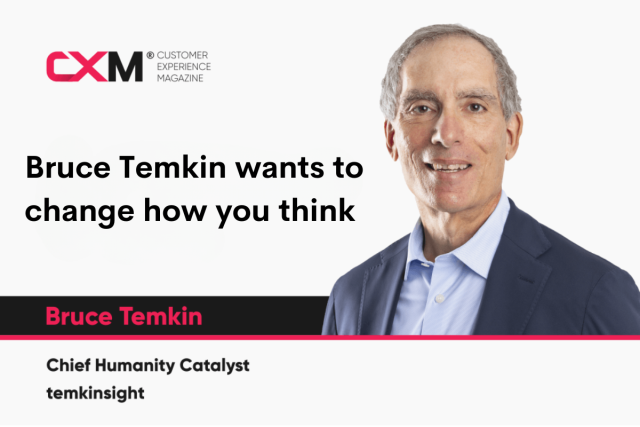June 25, 2025
Text Me, Don’t Email Me: The Retail CX Wake-Up Call

New research from UJET reveals a major shift in what truly influences consumer buying decisions. Hint: it’s neither AI nor a fast reply. It’s not even empathy from human agents. Today, nearly half of consumers (46%) say a mobile-friendly customer experience is the most important factor when deciding where to spend their money. That outranks support from artificial intelligence (36%), warm human interactions (32%), and even shorter wait times (20%).
“Today, you’re not being compared to the retailer down the street, you’re being compared to the ease of ordering a car from your phone,” said Baker Johnson, Chief Business Officer at UJET. “Every point of friction—repeating information, switching channels, waiting for an email—is a moment you lose to that higher standard. The immediate opportunity is to embrace the smartphone for what it is: the most direct, powerful, and data-rich option for minimising and improving your customer experience.”
Yet, despite living in a smartphone-dominated world, two-thirds of retailers (67%) still haven’t adapted their customer service for mobile-first consumers.
Most CX Leaders Go For Emails
While consumers live their daily lives on apps like iMessage, WhatsApp, and SMS—nearly all CX leaders (97%) say they communicate that way, their companies offer those same mobile channels far less often. In contrast, 96% of brands still lead with email, even though only 66% of CX leaders prefer it in their own lives. This disconnect isn’t just about convenience; it’s about expectations. Customers don’t just want to talk to brands, they want to do it in the same intuitive, instant ways they use to talk to everyone else.
And while many CX leaders feel confident in their own systems, the data tells another story. As many as 78% say they’d be satisfied reaching out to their own support teams, but more than half (53%) admit those systems are still fragmented and frustrating to navigate. The most common breakdowns? Customers have to repeat themselves (43%), and agents struggle to solve problems efficiently (44%)—largely due to a lack of integrated tools and context.
Hit-or-Miss with Technology
While 26% of companies report making strides in modernisation, most still operate with immature or fragmented AI systems, as 55% say their AI is only somewhat developed, and 10% admit they’re just getting started. These gaps are impacting not just customer satisfaction, but also employee performance.
Retail leaders themselves admit their agents are flying blind. When asked what tools would help agents do their jobs better, 90% pointed to multimodal solutions, 51% highlighted GenAI assistants, and 34% cited video calling as game-changers. Empowering agents with these tools isn’t just about speed—it could lead to better first contact resolution (55%), lower turnover (52%), and a more empathetic experience (39%) for customers.
Most importantly, there’s a direct line between mobile-first service and bottom-line growth. The single biggest factor in creating lifelong, loyal customers is offering mobile-native service features—from texting and photo sharing to video calls and AI-powered personalisation. In fact, 69% of respondents said these tools were the top contributors to long-term customer happiness and revenue. Other major growth drivers included AI bots that anticipate preferences (53%) and metadata-driven personalisation from mobile searches (45%).
It’s time for brands to stop treating CX as a cost centre and start seeing it as a competitive differentiator. If you can FaceTime your kids but not your favourite retailer’s support team, something’s broken.




